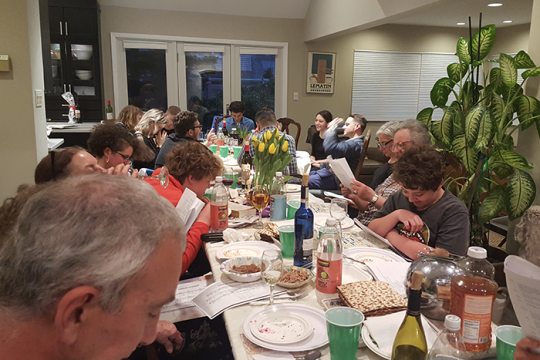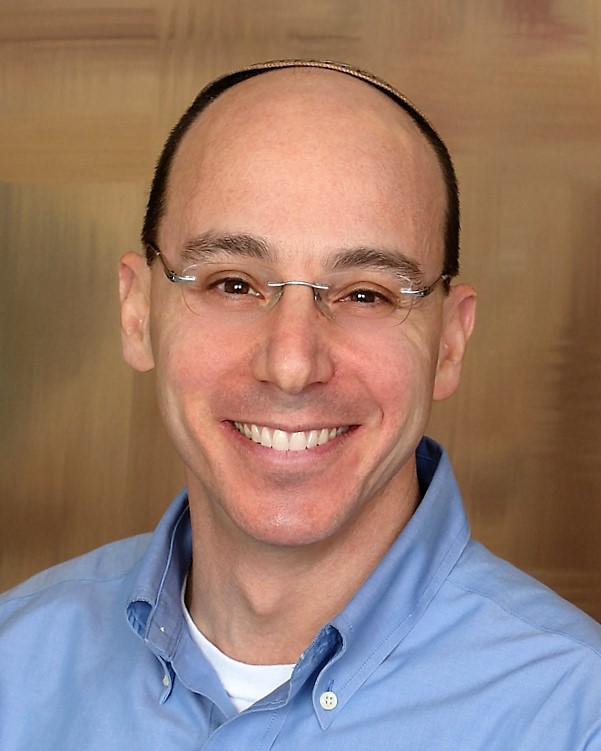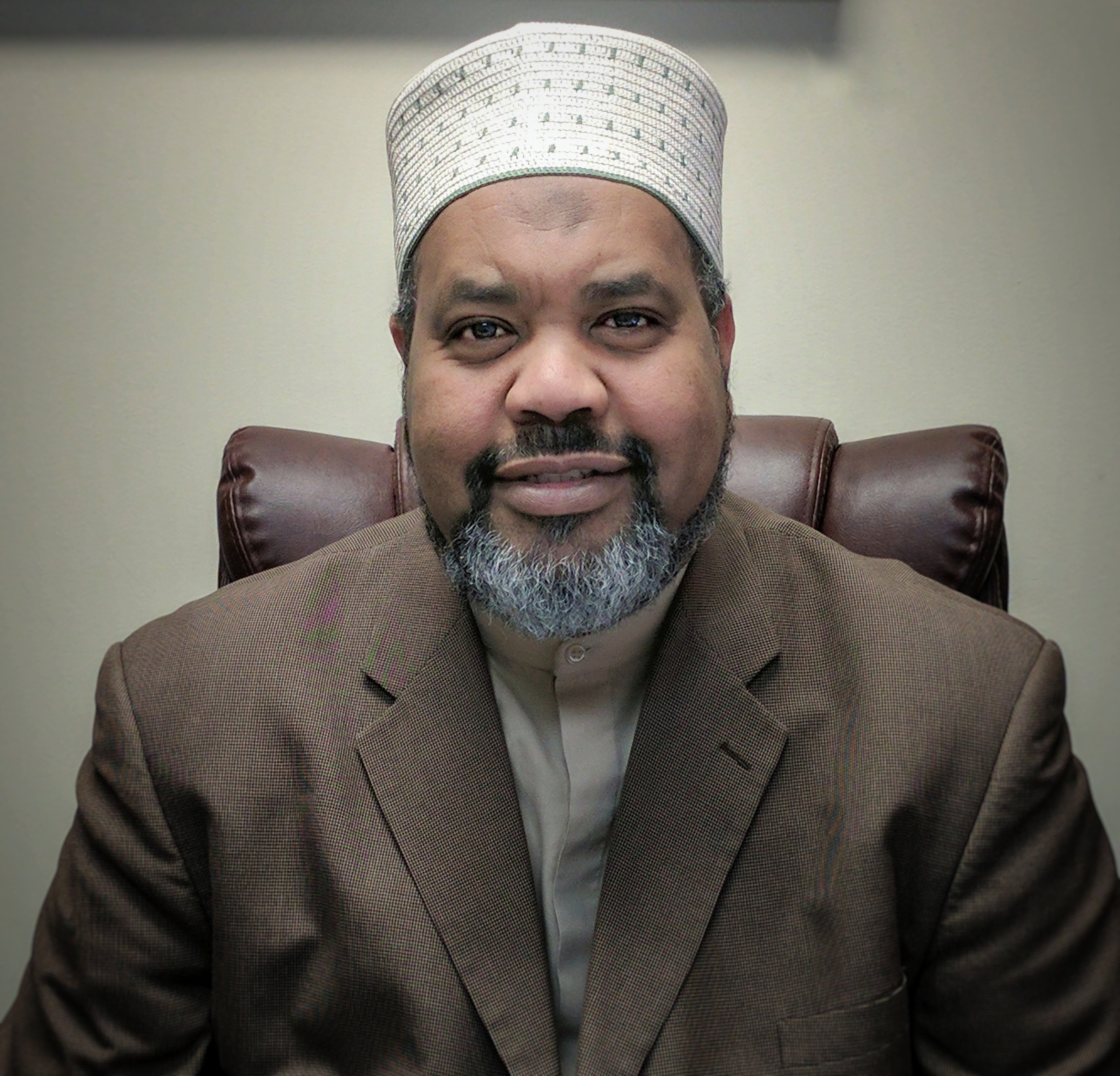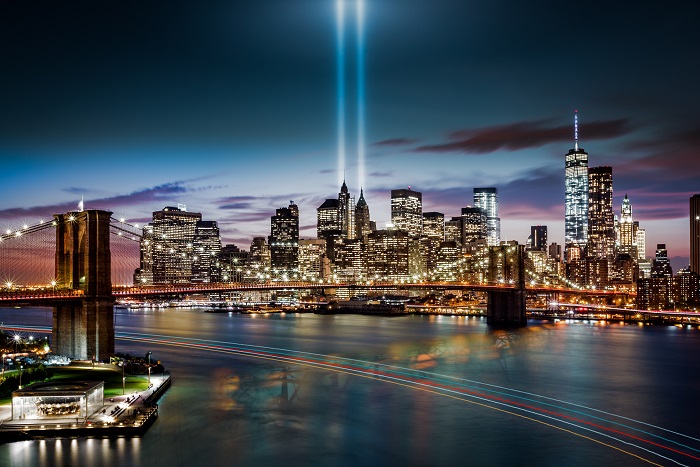
The horrific attack of September 11, 2001 was an attack on all of humanity, and we remember all the victims and first responders who died that day.
In the world of the terrorists, the presence of outsiders in their homeland —including Americans, Europeans, and non-Muslims generally -- was a mortal threat. In reprisal, they chose violence. We might be tempted to see this medieval world view of theirs as the root of the violence, but that outlook would ignore the deeper and more universal truth of xenophobia. The events of that day showed us the danger of this truth—that humans tend to fear outsiders. Our experience over the last 20 years has taught us how to overcome that fear.
On 9/11, one of us was a student at the Hebrew Union College campus in New York, while the other was leading one of the largest Muslim communities in America -- the All Dulles Area Muslim Society (ADAMS). A few hours after Rabbi Holzman watched humans jumping from the collapsing buildings, Imam Magid decided to close his religious school because he feared reprisal attacks against Muslims. As Rabbi Holzman volunteered to help arrange funerals for members of the New York Fire Department, Imam Magid counseled ADAMS congregants who lost a daughter and son-in-law in the World Trade Center.
The reprisals that Imam Magid anticipated did arrive, as too many Americans fell into the moral trap of fearing all Muslims, and some Americans went so far as to label all of Islam as a religion of violent hatred. Hateful graffiti appeared on Imam Magid’s current building, and the sign on the future ADAMS building site was burned. But then, on the first Sunday after the attacks, the local interfaith community, led by members of the Northern Virginia Hebrew Congregation (NVHC), arrived in force to reject the hatred. Children from NVHC’s religious school produced an enormous banner with messages of love. Imam Magid realized something special was afoot in his corner of America.
Nationwide, Americans embraced a fortress mentality, increasing surveillance of American Muslims, enacting travel restrictions, creating no-fly lists, and inventing the term “Islamofascism.” As Imam Magid was confronting increased profiling and stereotyping of Muslims, he could see that our local community was taking a different direction: Muslims were now part of the social fabric, and the faith community, led by Jews, would not tolerate Islamophobia in our neighborhood.
Embedded in our faith traditions is the power of the prophetic voice, the imperative that God expects more from humanity than mere survival and security. Perhaps this yearning for humanity’s better instincts led Muslims to flock to join ADAMS in those years, fueling an expansion that required satellite locations for Friday prayers. And perhaps it was that same yearning that inspired NVHC to open its doors and welcome ADAMS members weekly and every night during Ramadan to pray in a synagogue.
The story of this partnership has been covered in 101 news stories, and every time the cameras show up at NVHC’s crowded parking lot on a Friday, we receive a flood of emails in the following days. People from all over the world thank us for giving them hope and setting an example of peace and fellowship. After a recent story, Rabbi Holzman received 198 messages of gratitude and only 1 hateful message.
What accounts for this reaction? The answer is something tiny, yet powerful—something exemplified in an incident Rabbi Holzman witnessed on 9/11. As he walked from Hebrew Union College to his home on the Upper West Side of Manhattan along a route that began over a mile from the Twin Towers, he witnessed people still running north in the deserted streets. He saw one man who had stopped to catch his breath, along with a crowd of people who had gathered to help him. The man gestured that he could not hear because his ears were clogged with gray ash. A woman ran into a drug store, returned with cotton swabs, and began cleaning the man’s ears as he broke down in tears. In the days that followed, Rabbi Holzman saw many such tiny, spontaneous acts of human connection all over New York.
Compared with the enormity of the 9/11 attacks, acts like these seem minuscule. But through the hands of the woman with the cotton swabs acted the power of God that the terrorists had pushed away as they steered planes into buildings. Over the past twenty years, this same power brought members of each of our congregations to rally in support of each other in times of crisis: when a young member of ADAMS was murdered, during the wars in Gaza, when the Muslim travel ban was enacted, after the Charlottesville “United the Right” march, and following the Tree of Life synagogue shooting.
Though seemingly insignificant compared to the security of our nation--or even of our local houses of worship-- tiny acts are the most significant thing we can do to create a moral universe. When a Jew stands in the parking lot welcoming a Muslim to pray in a synagogue, or Muslims host Jews for an interfaith Passover seder at the Masjid, we cannot know where or how those acts will reverberate. But we can know that after the next incident of antisemitism or Islamophobia, those Jews and Muslims who engaged in those tiny acts will have the authority, expertise, and conviction to recognize that the “other” is no longer anonymous. And that is enormous.
Related Posts
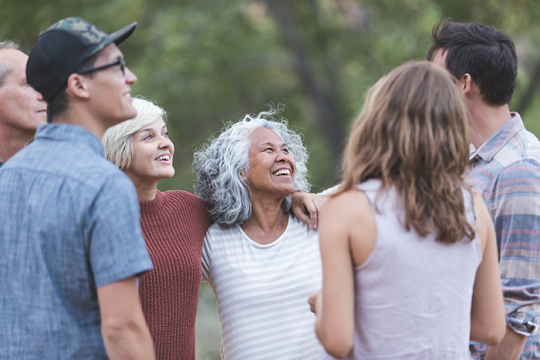
Harnessing the Power of our Mothers Around the Seder Table
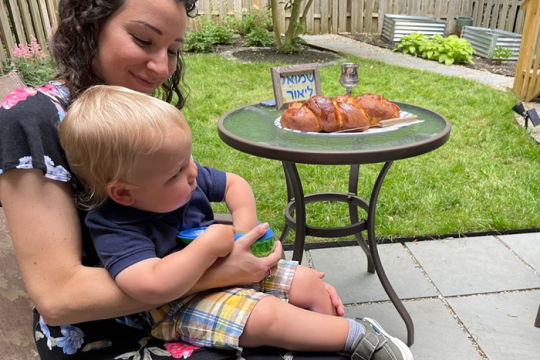
Melding Tradition and Innovation: Our Interfaith Toddler Naming Ceremony
